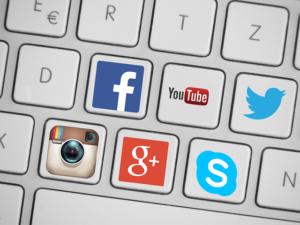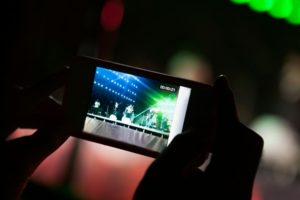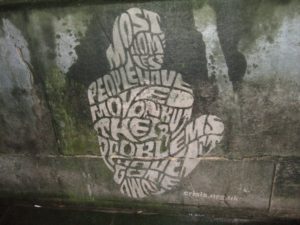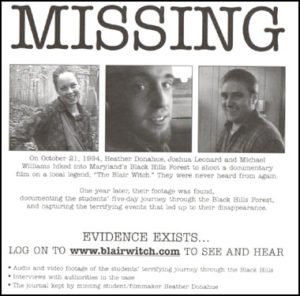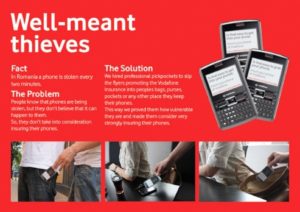 After 11 days of competition across more than 20 sport disciplines, the Paralympics games came to an end this month with a celebration of 500 medal-winning athletes. Despite all the controversy around poor ticket sales (only 12% of tickets were reportedly sold just three weeks prior to the games), organisers still managed to sell more than 64% of the 2.5 million tickets as the curtains rose on the night of the opening ceremony. The success, of course, was not just limited to the stands. The class of 2016 ran faster, jumped higher and finished stronger than a lot of their predecessors in both London and Beijing.
After 11 days of competition across more than 20 sport disciplines, the Paralympics games came to an end this month with a celebration of 500 medal-winning athletes. Despite all the controversy around poor ticket sales (only 12% of tickets were reportedly sold just three weeks prior to the games), organisers still managed to sell more than 64% of the 2.5 million tickets as the curtains rose on the night of the opening ceremony. The success, of course, was not just limited to the stands. The class of 2016 ran faster, jumped higher and finished stronger than a lot of their predecessors in both London and Beijing.
So what can event planners learn from the Rio 2016 Paralympic Games?
1. Help Your Audiences Understand
While the BBC is a veteran of sports broadcasting around the world, Channel 4 is still in its infancy. However, following the channel’s success in covering the London 2012 paralympic games, it went all out for Rio 2016. Not only did it increase live coverage, online streaming and in-depth information on athletes and events, it also introduced an upgraded version of its LEXI classification system.
LEXI was first introduced at London 2012 to help viewers understand how athletes are grouped and classified so they can compete fairly against one another. The system uses 3D animations to demonstrate the different classifications for each sport, replacing the more text-based system of 2012, with actress Julie Walters providing the voice element.
C4 Paralympic presenter Clare Balding said: “You have to make sure people understand who they’re watching, what they’re watching and why they’re watching.” And this applies to any type of event. Event planners need to ensure their audiences understand what is going on. Never assume that the content of your event is simple and self-explanatory. You should perhaps consider providing alternative sources of information, including video streaming, handouts or a resource section on your event app.
2. Ensure Your Tech Is Up To The Job
On the first Saturday of the Paralympics, 167,000 fans packed into Rio’s Olympic Park – 10,000 more than on any day during the Olympics. Coping with the connectivity needs of this many spectators is one thing – let alone all the teams, athletes and partners who will be streaming, tweeting, blogging, vlogging and posting the odd selfie at the event. While Twitter, Facebook and Instagram continued to be the dominant platforms for news and engagement, we also saw the explosion of bandwidth-hungry live streaming apps via Twitter’s Periscope, Facebook Live and Snapchat Live Stories (see Snapchat continues Rio 2016 push as it partners with IPC for first global Paralympic Live Story from The Drum).
So don’t get caught short with your tech capabilities. You may not be expecting 167,000 people to attend your event but, chances are, those who do will expect good, reliable WiFi connectivity at your event.
3. Make Your Events More Accessible
Accessibility options should always be a consideration for any event planner – e.g. availability of wheelchair ramps, audio induction loops for hearing aid users, BSL interpreters, service dog facilities, etc. However, it’s also worth considering some of the innovative ways the Paralympics and broadcasters have ensured global access to everyone.
Channel 4 announced prior to the Games that this would be its most accessible Paralympics ever. The plan included subtitles available across all coverage; live audio description and signage of both opening and closing ceremonies; as well as audio described and signed editions of selected shows.
Meanwhile, the Paralympic Committee unveiled its first multi-sensory selection of medals for the event winners. Not only do all of the medals feature the words ‘Rio 2016 Paralympic Games’ written on them in Braille, but they also make a sound when shaken that tells visually impaired athletes if they are gold, silver or bronze.
Each medal has a device inside that uses tiny steel balls to make a sound when they are shaken, allowing visually impaired athletes to identify which colour they are. Bronze medals have 16 balls and make the lowest sound, silver medals have 20 balls and the golds have 28, producing the loudest noise. Such a simple introduction to include visually impaired athletes has been praised by commentators but has led some to wonder why it wasn’t thought of sooner.
If event organisers fail to consider disabled people when planning their events, they’re ignoring an important and potentially sizeable part of their audience base. Similarly, ignoring an audience that doesn’t speak your native language could also present a lost opportunity. Catering to a multilingual audience online can be one of the most cost-effective ways of marketing your events, attracting new delegates and building relationships. See Why Your Events Could Benefit from Multilingual Websites for more on how to boost your event by having an international outlook.
 These key takeaways from the Rio Paralympic games are important lessons for any event, regardless of size. Having additional information via event apps and handouts are always a welcomed addition by delegates so they don’t need to scribble down notes in a hurry. Having the adequate technology infrastructure that will support your audience needs before, during and after the event is also critical. And, ensuring inclusivity for all involved will increase ROI by growing customer satisfaction and partnership opportunities while building brand loyalty and recognition.
These key takeaways from the Rio Paralympic games are important lessons for any event, regardless of size. Having additional information via event apps and handouts are always a welcomed addition by delegates so they don’t need to scribble down notes in a hurry. Having the adequate technology infrastructure that will support your audience needs before, during and after the event is also critical. And, ensuring inclusivity for all involved will increase ROI by growing customer satisfaction and partnership opportunities while building brand loyalty and recognition.




